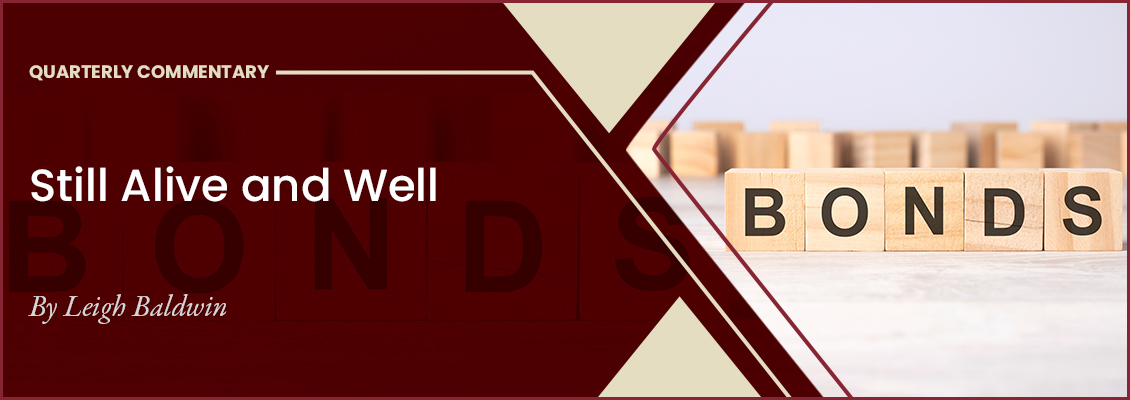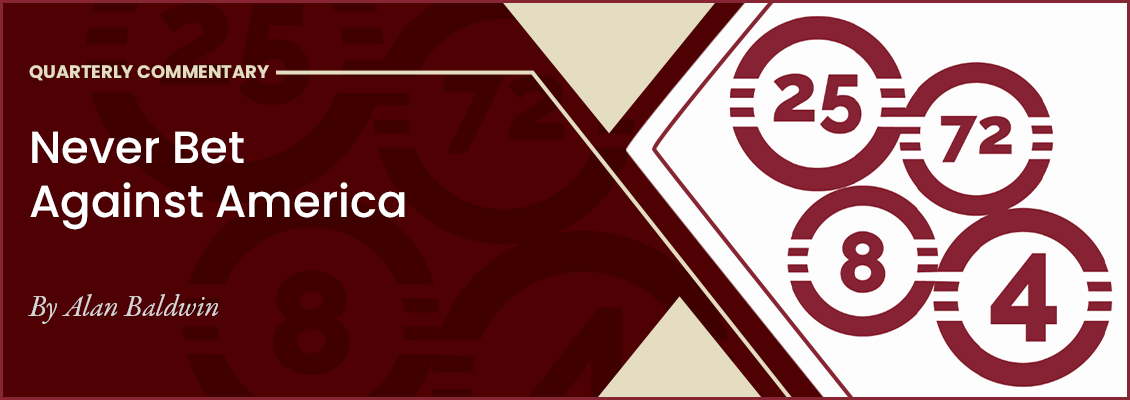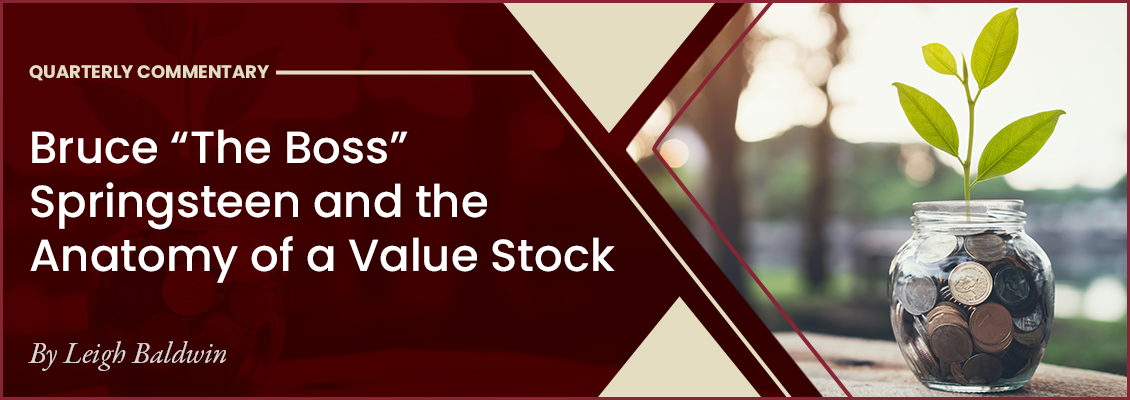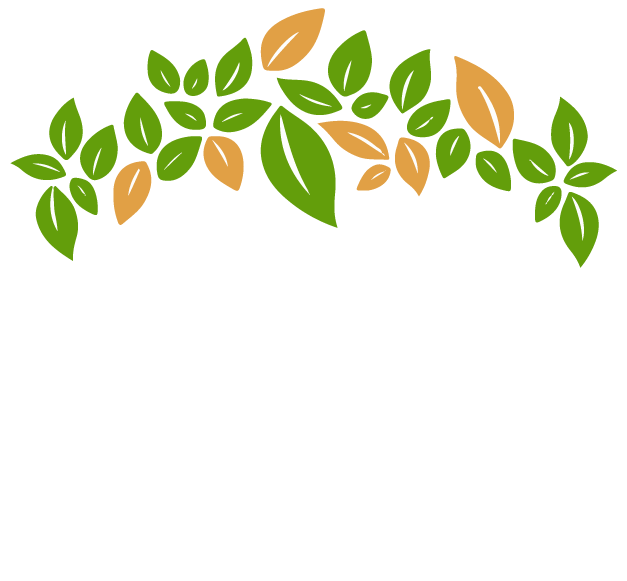New Year, New Weather
Every New Year begins with resolutions, future predictions and forecasts, and a clean slate. As investors, we try to be aware of the daily gyrations of both the economy and the markets, as well as long-term trends. By comparison, a good meteorologist reports on the weather today and for the next five days. A great meteorologist is looking not only at what is currently happening, but also studying major potential trends, like climate change, and making decisions based on a long-term view. To be a great investor then, we believe that you need to combine the fundamental analysis of all current and historical data, with the curiosity and experience to make enduring, multi-year decisions, with a grounded anticipation of the future.
Thanks to our friends at Wealthmanagement.com, we need to be cautious with what the financial media offers in the way of predictions. Based on a study by CXO Advisory Group, the so-called gurus were no better than a flip of the coin, they were worse. From 2005 to 2012, they reviewed 6,584 forecasts from 68 “experts” only to find that on average they were accurate less than 47% of the time. Only 5 of the 68 had an accuracy score above 60%. And no, Jim Cramer was not one of the five (he came in at 47%). Our key takeaways are these…First, any market related predictions for the short term are purely for entertainment purposes only. Secondly, we need to make calculated forecasts for our long-term investments, but we also need to build portfolios using concepts like diversity, income investments, risk management, etc. so that we can survive the short-term periods of market volatility that the breathless “talking heads” cannot seemingly get right.
With that said, here is some of our insight as we head directly into 2024. Stocks managed to rebound quite nicely in 2023 and in mid-January 2024, the S&P 500 was able to regain all-time highs from 2 years ago. Even with relatively high US stock valuations, we believe that the economy is strong, strong enough to have a soft landing from recent rate hikes, and that the path of least resistance for equities may be higher for now. During the last quarter of 2023, the 10-year bond (risk free rate of return) had a dramatic fall in rate from a bit over 5% to 3.8%. As we closed out the year, the Fed appeared to be done lifting rates for the time being. While there will most likely be some rate cut by the Fed in 2024, we think just the “idea” of Fed cuts, will give some ballast to both bonds and stocks this year. As for volatility, world events and the upcoming election will most likely cause some market reactions. We again remind investors that Wall Street sometimes reacts counter to what the endless headlines might suggest.
We look forward to working with everyone again this year and for many years to come. Our goal is to become a trusted financial planning and asset management partner that not only guides you, but also helps to manage against those things we cannot control. “Climate is what we expect, weather is what we get” Mark Twain. Thank you for your continued confidence in our firm.
Still Alive and Well
On October 21st, the Wall Street Journal featured an article bemoaning, “Your Investment Strategy is Broken, the End of the 60-40 Strategy”, in reference to the time-honored allocation of 60-40, or 60% equites to 40% fixed income. Just about one week later, the WSJ’s sister publication, Barron’s, had a cover story “Time to Buy Bonds”, which would leave one to believe that the 60-40 strategy is about to begin a new fresh start. So, in which direction is an investor or money manager to lean… Let’s first take a trip down memory lane…
Beginning in the late seventies, or about forty years ago, interest rates began falling from record highs after the Fed had raised rates to combat inflation amidst an energy crisis. The next thirty years witnessed an unprecedented bull run in both bonds and stocks, even with occasional disruptions, like the dotcom bubble in 2001 and the credit crisis of 2008. And it was in these crisis moments where the 60-40 shined brightest. In 2008 for example, a 60-40 mix outperformed a straight stock portfolio by 23%, offering investors not only income but also an easier path back to profitability.
For the past 12 years though, as the tired bond bull was fed dose after dose of government intervention, interest rates were kept at or near zero percent. Stock prices and other risk assets were huge beneficiaries of this constant flow of easy money and then a pandemic ultimately paved the way for monetary craziness. We would suggest then that the 60-40 strategy first broke and then ended about ten years ago, and the anemic returns for bonds, (the US Aggregate bond index has returned on average less than 1% a year over the past ten years), were overshadowed by the heady gains in equities over the same time.
Last week the 10-year Treasury hit 5% for the first time in about 16 years. Fixed income is now once again, a legitimate investment choice. After what looks to be the third down year in the bond market, which by some measures is the worst stretch since the 1700’s, bonds, or the 40%, look to be poised for a potential rebound as the risk reward picture becomes clearer. The attributes of having fixed income in a portfolio, income generation, lessening of overall account risk and volatility, and potential appreciation in times of economic stress may finally be back in play.
Stocks for their part should continue to benefit from a relatively strong economy, full employment, high and sticky inflation, and innovation (think AI). Conversely, geopolitical events, high valuations, and extended credit are just a few of the dangers to the market lurking in the shadows. Our goal is to go into the corners and into the shadows to manage risk. We will also go to the bright spots of opportunity to help you achieve your financial goals. We appreciate your business and look forward to working with you in any way we can in the years ahead.
Never Bet Against America
“Never Bet Against America”
-Warren Buffet
It may be the smell of barbecue, the sunshine on a lake, or watching Joey Chestnut win his 16th Nathan’s hot dog eating contest that makes us all a bit more patriotic. The fourth of July is a reminder of the freedoms we are lucky to have and provides a moment of reflection for investors as we have reached halftime for the global markets.
The first half of 2023 was a pleasant surprise for many as global equity and bond markets rose across the board rebounding from a difficult 2022. Artificial Intelligence (AI) remains the focus for many market participants as the leaders continue to be tied to its growth prospects. The S&P 500, NASDAQ, and Dow Jones are up 16.9%, 32.3%, and 4.9% respectively year-to-date (YTD). The major contrast and performance dichotomy between the NASDAQ and Dow Jones can be partly attributed to the style tilts of the indices. The value tilt of the Dow Jones provided ballast for the index in 2022 as it outperformed on the downside, but the index trails this year due to its lower correlation to the AI trade. However, regardless of the US equity index, it’s been America’s ingenuity and strong labor market that continues to push equities higher and reminds investors to “Never Bet Against America” (Warren Buffet).
As we look out into the quarters and years ahead, we may be in for a choppier equity market than the first half of 2023. The Federal Reserve continues to fight elevated inflation with higher interest rates putting pressure on the growth of the US economy. We believe interest rates may remain higher for longer, benefiting wealth distributors with higher yields and lower risk, but creating a challenge for housing and small business loans due to the rising costs to service debt. It is in moments like these where we need to continue to remind ourselves of our investing principles.

Wall Investing Principles:
25 – Spend less than you make
72 – Start investing and be consistent
8 – Invest for the long-term
4 – Actively stick to your Plan
We push our clients, family and friends, and our community to actively stick to their financial plan. We created our “Wall Principles” to make the complex simple and will provide more details around our wall principles in future blogs and commentary.
We look forward to our next conversation to review your financial plan or possibly create one for your family, to see how our wall principle may help you build a strong financial foundation. We thank you for your continued support of our firm. As always, “you do the dreaming, we’ll do the math.”
Do You Remember Your First Time?
Do you remember your first time? The words awkward, exciting, and clunky come to mind. The fear of the unknown is only surpassed by the seemingly unlimited future reward. We of course are talking about the internet…
The sound of the AOL sign-in, floppy disks, paying for online minutes…that was the beginning of the internet. The internet in the mid 1990’s was awkward, exciting, and clunky. On some level, we all knew it would radically change our world and thirty years later, it has, as we are basically carrying our entire lives in our pocket.
Silicon Valley, and then naturally Wall Street, are both showing the same level of almost hysteria about the great expectations for Artificial Intelligence (AI) as they did for the internet. Is it the next really big thing? It is early in the game, and current applications are far from perfect, but the key words are compounding, speed, and generative. Data is being processed at incredible multiples and speed. Picture the 173 million items contained in the Library of Congress accessed in literally seconds to render a decision. Consider facial recognition to diagnose strokes and other diseases. Imagine genetic testing for new life saving drugs and procedures that could knock years off the approval process. Finally, electric vehicles are obviously top of mind right now, but AI has already begun to transform agriculture, logistics, and a wide array of ever day functions in dramatic fashion.
The point is, as investors we need to overlay the huge potential effects of AI on society, both good and bad, as we develop our investment plans. Like the magic of compounding our investments, the compound effect of generative data and information management is happening right now. Sir Francis Scott Bacon, “Knowledge itself is power”.
For the first quarter of 2023, volatility continued but we were able to see some bounce-back gains across the equity board on the heels of what was a brutal prior year. For the record, Nasdaq stocks paved the way, gaining about 16.9%, followed by the Russell 1000 Growth up 14.2%, the large cap S&P 500 gaining about 7%, and the venerable Dow basically unchanged. Of note, and piquing our interest, the developed international markets had a strong showing to begin 2023, benefiting from lower-than-expected winter energy prices, a positive interest rate environment, China’s re-opening, and comparatively lower stock valuations.
We continue to monitor our portfolios to take advantage of current financial trends, including high short-term yields (inverted yield curve), potentially positive news internationally, and near record low employment rates. We appreciate your confidence in our firm, and we look forward to helping you navigate the financial scene for many years to come. Finally, while looking at the current state of AI, we are reminded of a quote by author James Surowiecki, “The history of the internet is, in part, a series of opportunities missed.”
Bruce “The Boss” Springsteen and the Anatomy of a Value Stock
Bruce Springsteen continues to have a prolific six-decade career as a Rock and Roll mega star. He has sold over $140 million records, which makes him the Warren Buffett of contemporary music. His long-term success can only be envied by investors as long-term is our overriding mantra. But Bruce as a value play, let’s look…

Value investing can easily be described by a quote from Charlie Munger…”All intelligent investing is value investing…acquiring more that you are paying for. You must value the business in order to value the stock.” It involves going against the favored crowd, anticipating the prospects years down the road, the ability of a company to scale, and the opportunity for long-term wealth generation.
The Wall Street Journal recently highlighted the 50-year anniversary of the release of the Bruce Springsteen studio album “Greetings from Asbury Park, N.J.” in January of 2023. Upon its release, the album garnered little fanfare as compared to the “shiny new” progressive rock bands of the time like Jethro Tull and the Moody Blues. The album only managed at its best to reach 60th place on the US charts (two years after its release) and did not even chart in the UK. The reviews were good, but the masses did not see the value. Springsteen was well known in his market and extremely diligent at his craft, but was considered “a cheap, bar band take-off of Bob Dylan”. The rest is history…after tireless touring all over the country, the band became more than the east coast leader of the Jersey Shore Sound and after the release of “Born to Run” they were off to the races. The “Greetings” album, which took years to even chart, ultimately did chart in the UK at 41 in 1985 and is ranked 37th on the Rolling Stone’s list of greatest debut albums. Value is in the eyes and the ears of the beholder, whether the art form is music or investing.
As for 2022, the recap is well known now. It was a very difficult year for both stocks and bonds (fixed income) as the Fed realized they missed the mounting inflation problem and continues to attack higher prices with interest rate hikes to slow the economy. We continue to believe that current inflation is a direct result of the record amounts of stimulus added to the economy because of the Pandemic and will most likely just need time to dissipate through the system. For the record, value investing was the best house in a bad neighborhood as the Dow was down 8.78% last year versus a drop of 33% for the Nasdaq, 19% for the S&P 500, and not to be outdone, a drop of 11% for fixed income. Looking ahead, we believe that a combination of earnings that are stable, mixed with a significant drop in prices from peak inflation could help us bounce back in the year ahead. Whatever happens on Wall Street, we will continue to search for value in our investments and look forward to seeing everyone personally in the New Year. Thank you again for your confidence in our firm.
Actively Stick to Your Plan
Are you a Builder? Protector? or Distributor of wealth? During times of market volatility, what adjustments if any to your portfolio or financial plan should you consider? Before we discuss potential financial plan moves, let’s briefly review the current state of global markets.

The third quarter was a quarter to forget. It began with a strong rebound for risk assets as the stock market roared back during July and early August, but as inflation data, interest rates and the Federal Reserve became top of mind the stock market began a downward trend and finished lower for the quarter. Investors had a hard time finding any support in financial assets as growth equities, value equities, international equities, and investment-grade bonds all ended lower.
The S&P 500, NASDAQ, and Dow Jones are now down 24%, 32%, and 20% respectively year-to-date (YTD). So, the question that investors are now asking themselves and their wealth management teams is what do we do now? The cliché answer that a financial pundit may say is “stay the course” and “invest for the long-term.” Well, we believe there is value in this message during times of volatility, however it is prudent to take into consideration an investor’s unique circumstance. We would answer Actively Stick to Your Plan. An investor may be a wealth builder, wealth protector, or wealth distributor, and based on their financial plan there may be opportunities in today’s markets to strengthen their financial foundation.
Wealth Builders are investors who may have just started investing or have been investing for over 20 years. These individuals or households are actively trying to grow their net worth through contributions to savings accounts, retirement plans, investment accounts, real estate, etc… Wealth Builders typically have a long-time horizon before they need income from their portfolios, which allows them to potentially take on more risk. Wealth Builders should welcome opportunities like today as a market pullback provides an opportunity to buy more shares of an investment. We believe today is an opportunity for Wealth Builders to reevaluate their monthly budget to increase their investing contributions. Furthermore, investors may want to consider a Roth conversion, where it may make sense to pay taxes now compared to in the future for their retirement savings.
Wealth Protectors are investors who have grown their net worth over time, are usually still working, but can see and smell retirement around the corner. These investors are usually not withdrawing from their investment portfolios during this stage but have begun the planning process of withdrawals. Wealth protectors should use a market downturn to analyze the risk and income of their portfolio as they plan for retirement withdrawals. Furthermore, wealth protectors may find contributing to a Health Savings Account (HSA) beneficial to lower current taxes and to access another investment vehicle that can grow tax deferred.
Wealth Distributors are investors that have reached retirement or are using their portfolio for current income. Wealth distributors may want to check-in on their current withdrawal strategy and adjust if they are taking more income from their portfolio than needed or look for opportunities to increase their income on their investments. Wealth distributors have opportunities to buy equities and bonds at higher current yields. Therefore, investors may want to re-balance their portfolios based on current income needs and risk tolerance.
We look forward to our next conversation to review your financial plan or possibly create one for your family, to see what adjustments, if any, may help you build a strong financial foundation. We thank you for your continued support of our firm. As always, “you do the dreaming, we’ll do the math.”



